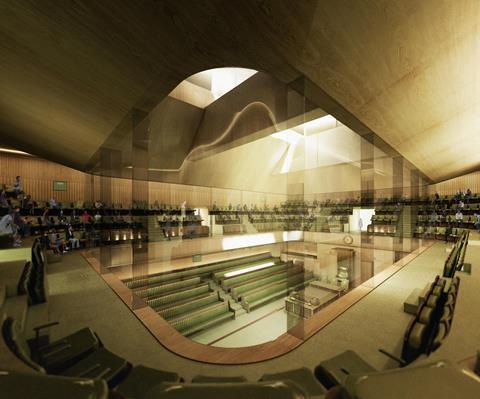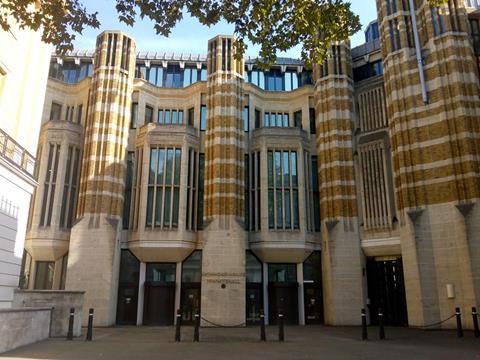Aecom also working on plans to revive AHMM’s proposals to transform Whitehall’s Richmond House into a temporary House of Commons

Pick Everard is working with the Parliamentary Estate on designing a “fallback option” for the Palace of Westminster’s restoration and renewal programme.
The practice is carrying out multidisciplinary work for the Strategic Estates team looking at the possibility of “enhanced maintenance and improvement” at the crumbling grade I-listed building.
The work will feed into a report to be taken to Parliament next year when a decision will be made on whether to choose a “full decant” or “continued presence” for MPs, peers and staff working in the palace.
Under a full decant, occupants will relocate to alternative premises for several years while the building is fully restored, while the other option would see them shuffled around the building, with MPs potentially sitting in the House of Lords instead of the House of Commons, while the work is carried out.
Pick Everard was appointed earlier this year by the Parliamentary Estate through a £60m framework which also includes AHMM and Purcell.
Chris Elliot, managing director of Strategic Estates, which manages the Parliamentary Estate, told Building Design that the work will look at the “length of durations of decant or temporary accommodation” required by the options for the building’s restoration.
> Also read: Parliament restoration could take 76 years and cost nearly £50bn
The building is facing multiple issues including crumbling brickwork, outdated services and large amounts of asbestos which could take more than a decade to address.
Elliot said Pick Everard is looking at “what is achievable, how the work could be done, how much of the work could be done and in how long a time period”.
The practice is working with the estate’s in-house team to develop an “assessment on what enhanced maintenance could look like… what the solutions might look like, how it could be designed, a full multidisciplinary service”, Elliot said.
Both houses of Parliament endorsed the two main options for the restoration in July 2023 but asked that a “fallback option of enhanced maintenance and improvement forms part of further detailed design work on these options to inform a decision on the preferred way forward in due course”.
This third option would be used to compare against costed proposals for either a full decant or continued presence in the building to help the client board, made up of a joint department of the two houses of Parliament, make a decision. It could also be chosen as the third costed option.
Meanwhile, Aecom is working with the Parliamentary Estate on reviving plans for AHMM’s aborted plan to transform Richmond House on Whitehall into a temporary House of Commons.
The plans would have gutted the grade II*-listed former headquarters of the Department of Health and the interior rebuilt with a new chamber for MPs but were withdrawn in 2021.

Elliot said it was still too early to say what the new proposals for Richmond House could look like but that the requirements for the scheme had “continued to develop and evolve” since AHMM’s plans were withdrawn.
Two years ago, a report said restoring the Palace of Westminster could take up to 76 years and cost nearly £50bn if MPs do not move out during the works.
Other work currently underway on the estate includes a restoration of the grade I-listed Norman Shaw North building on Whitehall to address issues with falling masonry.

















No comments yet